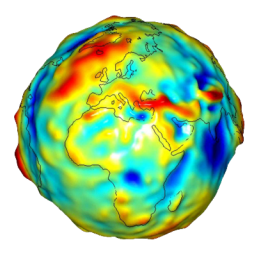To achieve good results, it is recommended to follow advices below.
Do not mix pictures from different cameras.
In order for the positioning of the images to be accurate, it is important that the time lag between the dates and times of the images and the GPS file be correct.
It is highly likely that from one device to another, the settings are not exactly the same. If images from different cameras are mixed, it will not be possible to have a correct result for all images!
Preferably, put all the directories at the same level because by default PicaGeoTag traverses the subdirectories. Otherwise, do not forget to uncheck the check box that controls recursion.
| Use | Avoid |
|---|---|
 |  |
Once the photos are geo-localized, you can move them and organize them at will.
Organize your photos and tracks daily
Although it is possible to process all the photos of a trip at the same time, it is recommended to treat only a limited number of photos for a better control of the treatment.
If you capture your tracks every day, the most convenient way is to make a daily directory and copy the images and tracks of the day.
Give PicaGeoTag the directory with your photos and GPS file(s). It will then load images and GPS tracks and mark images automatically. Eventually, you will have to adjust the offset before saving.

Here in addition, the images are renamed with the date but this is not necessary.

Checks the reference for altitudes
As stated in the article on altitudes there are several ways to define them. The GPS uses the reference ellipsoid WGS-84. But, this ellipsoid IS NOT the sea level. The deviations can reach ±80m! In fact the earth is all battered.
Unfortunately, depending on the devices or software used, the reference to use for GPS files (gpx, kml or kmz) or for the recording in the EXIF data of the images are all different.
In short it is the jungle! So if the altitudes are important to you, check the data obtained by your devices by going to places where altitude is known and setup PicaGeoTag accordingly.
Avoid accented characters in directory and image names
Unfortunately the tool used for reading/writing EXIF data from images does not like file names with non-ASCII characters. Images can still be processed, but realy more slowly!
Recent Comments